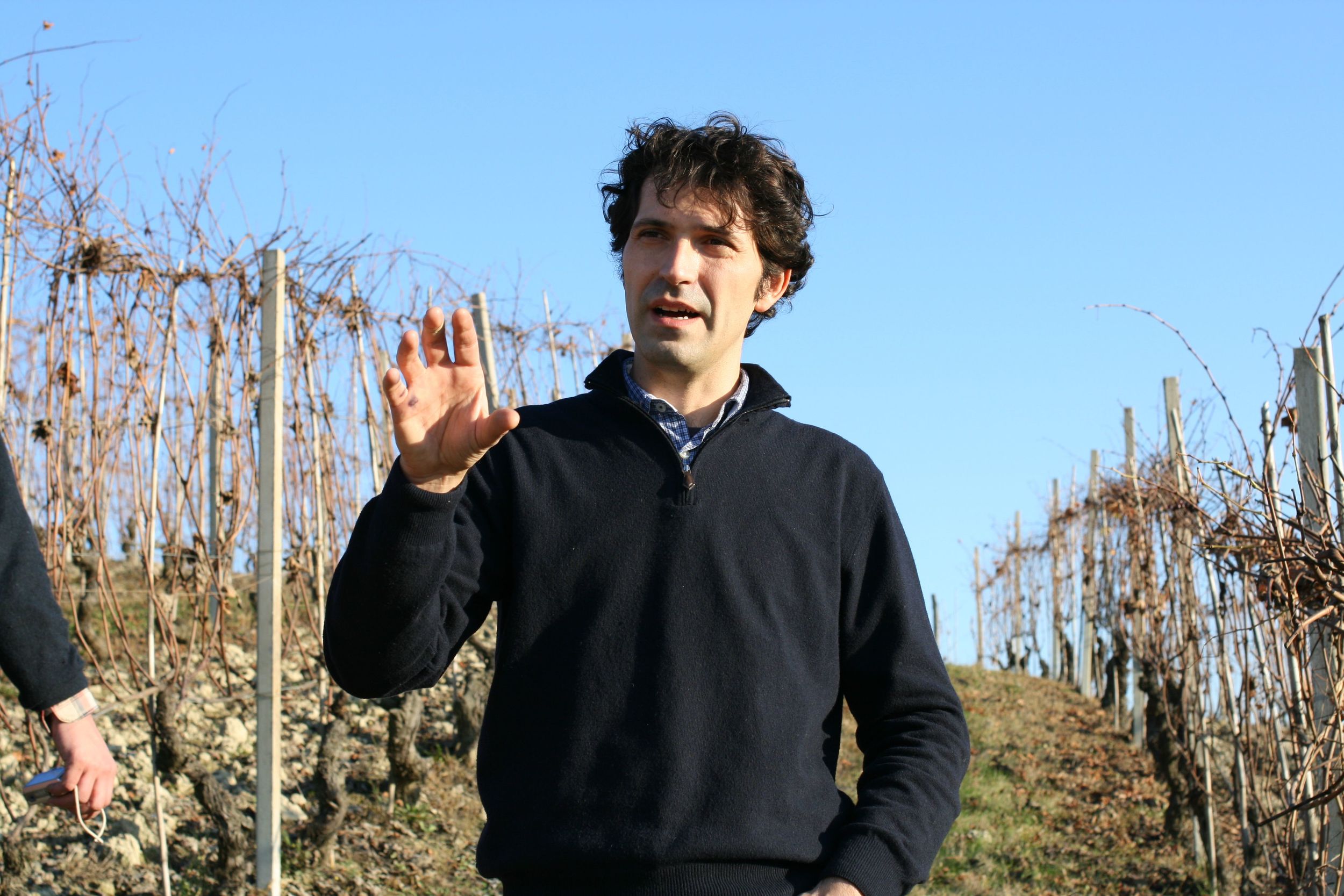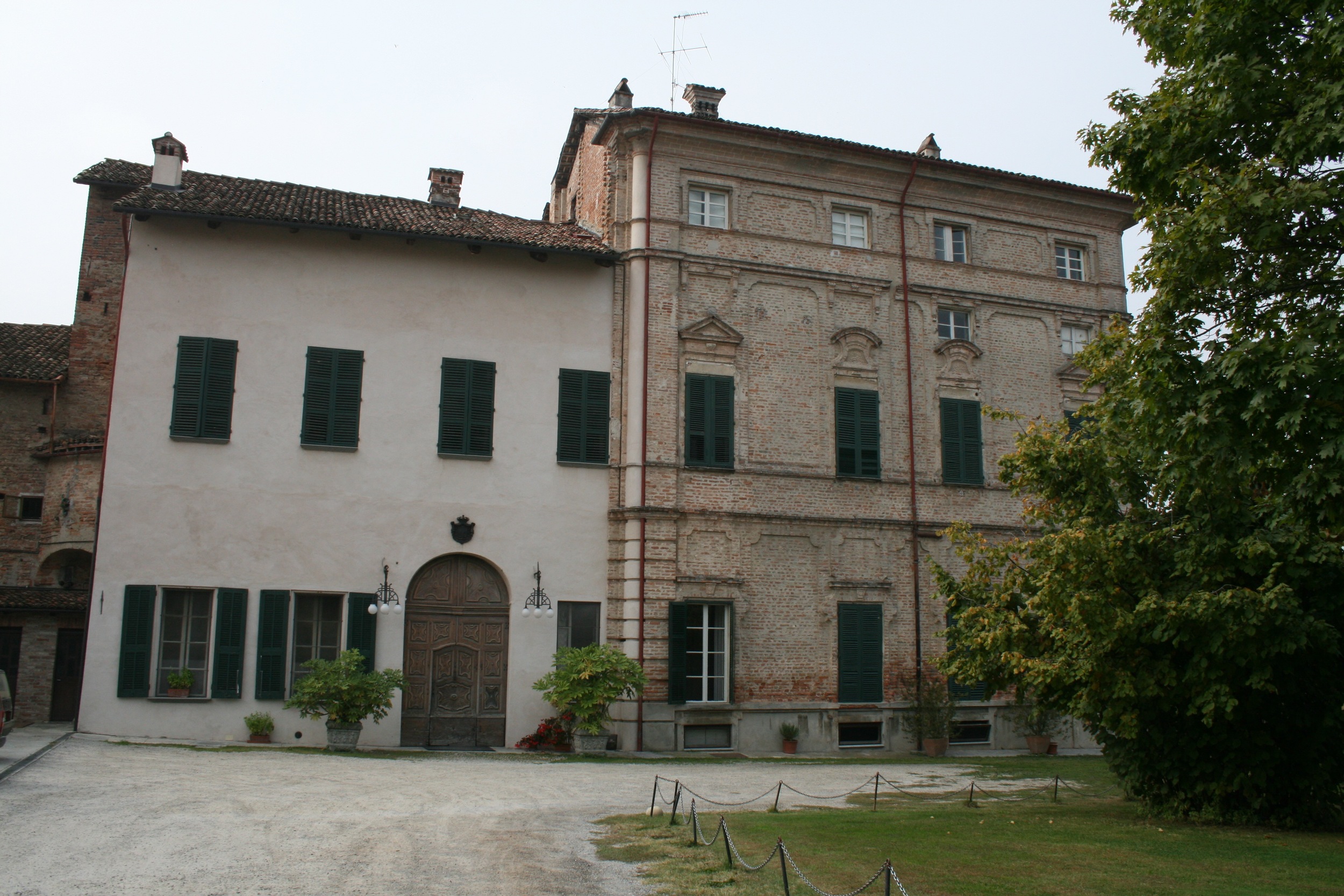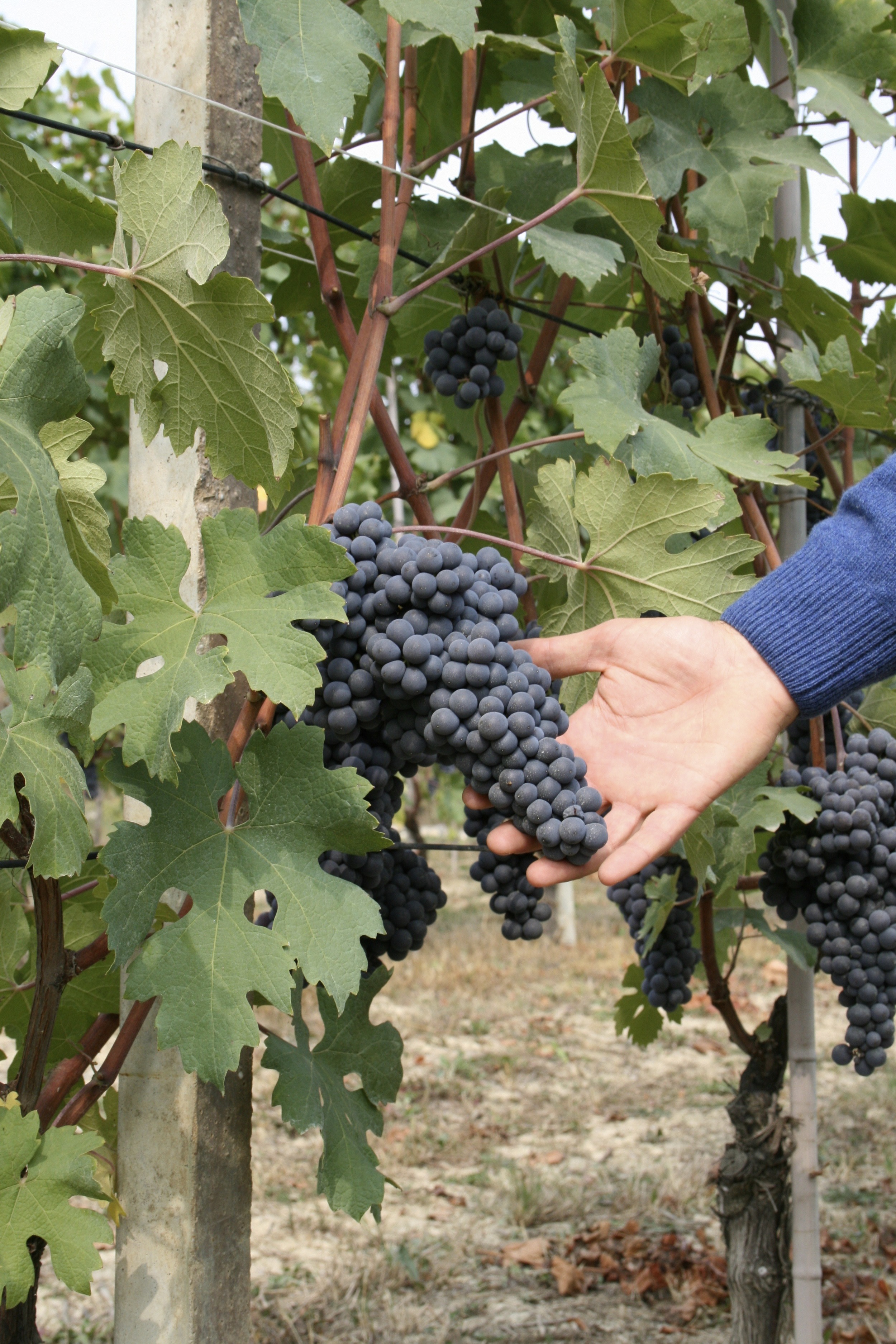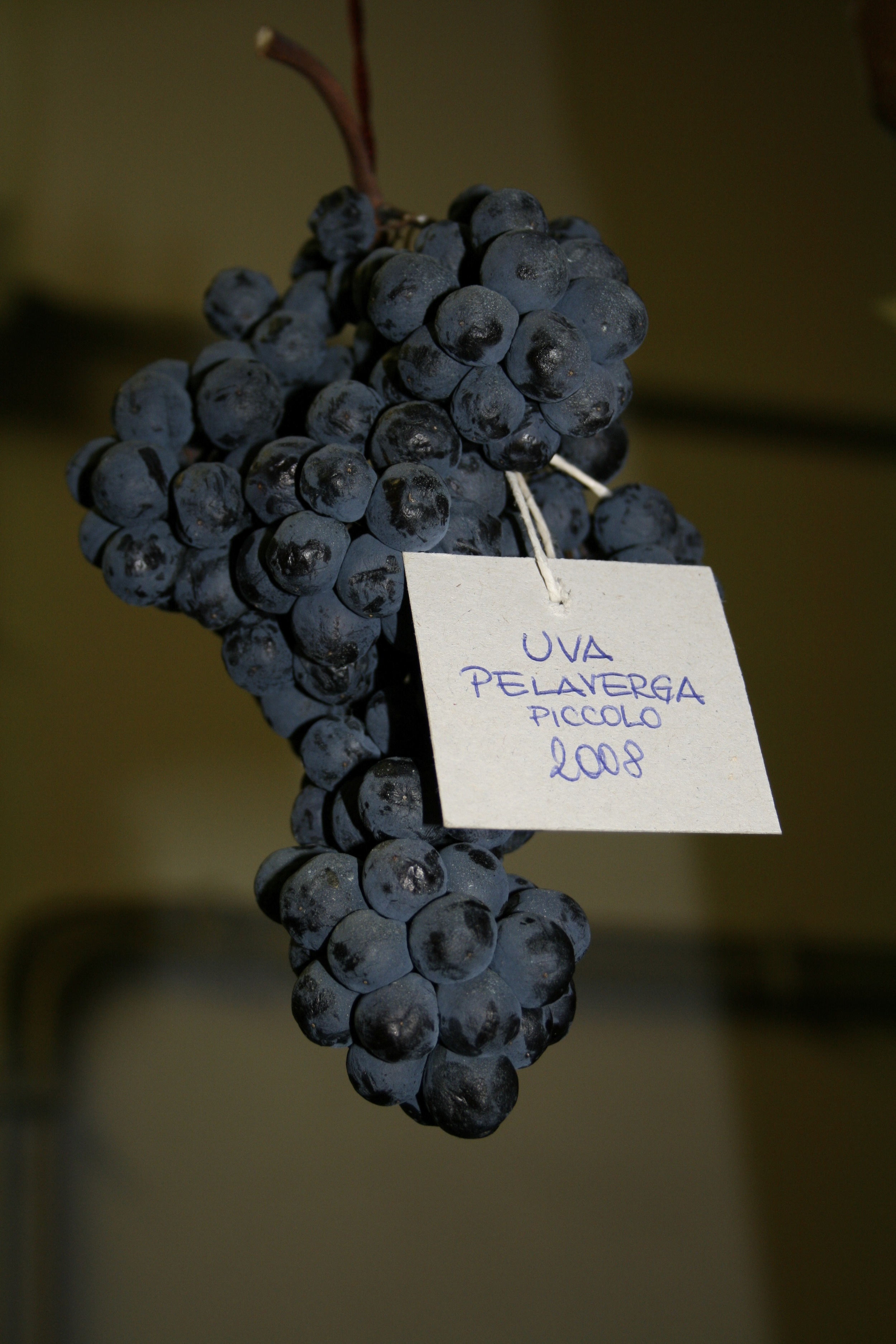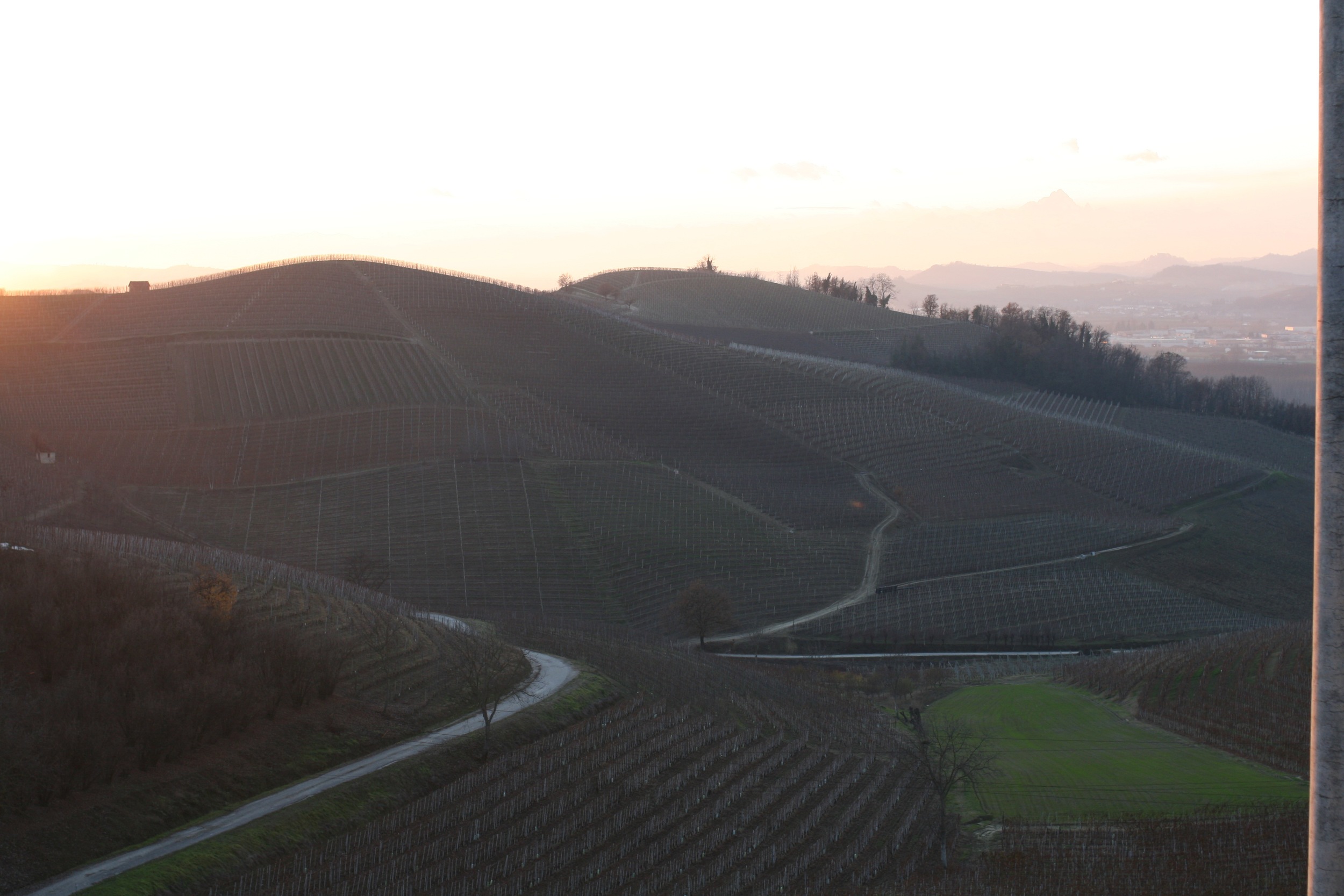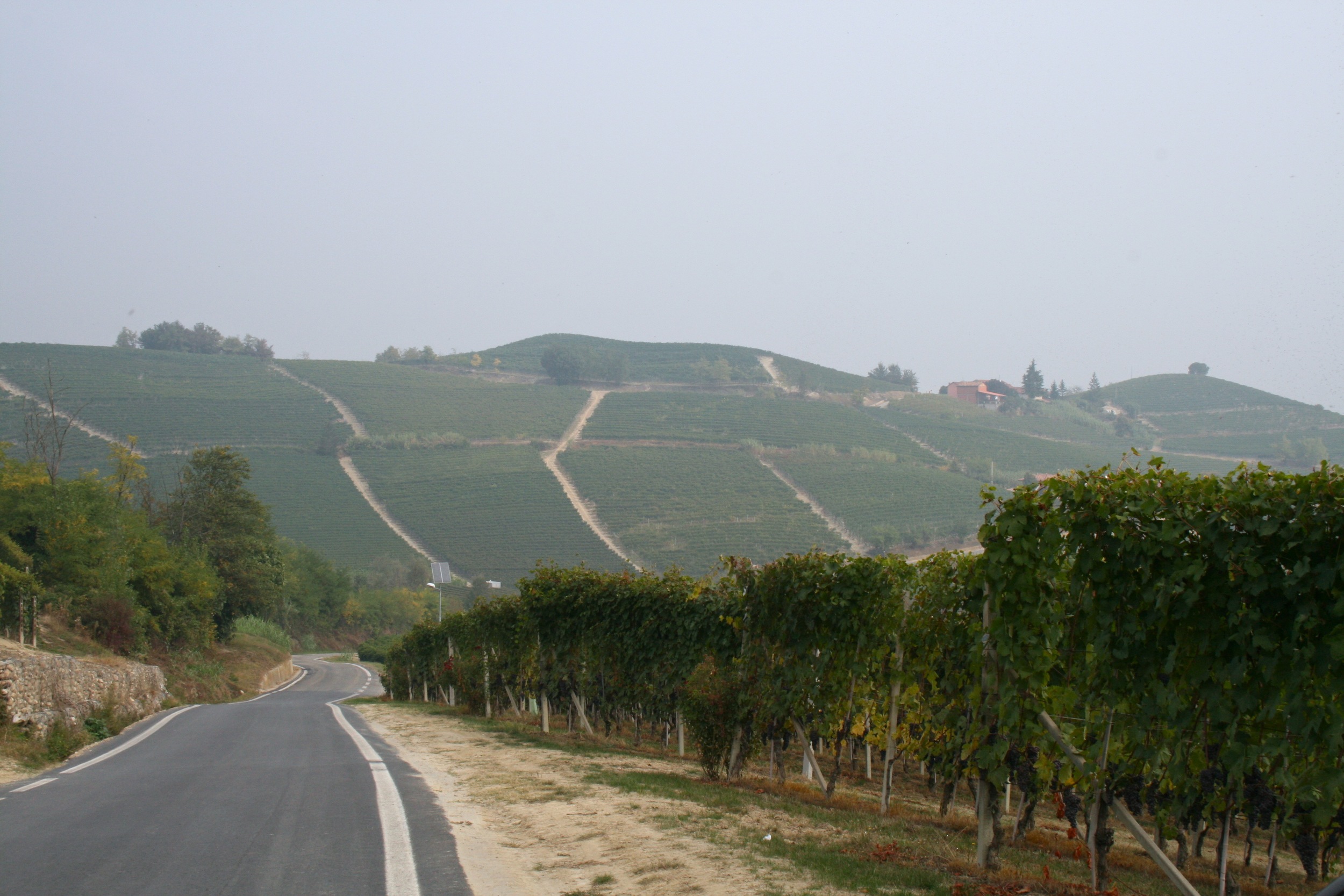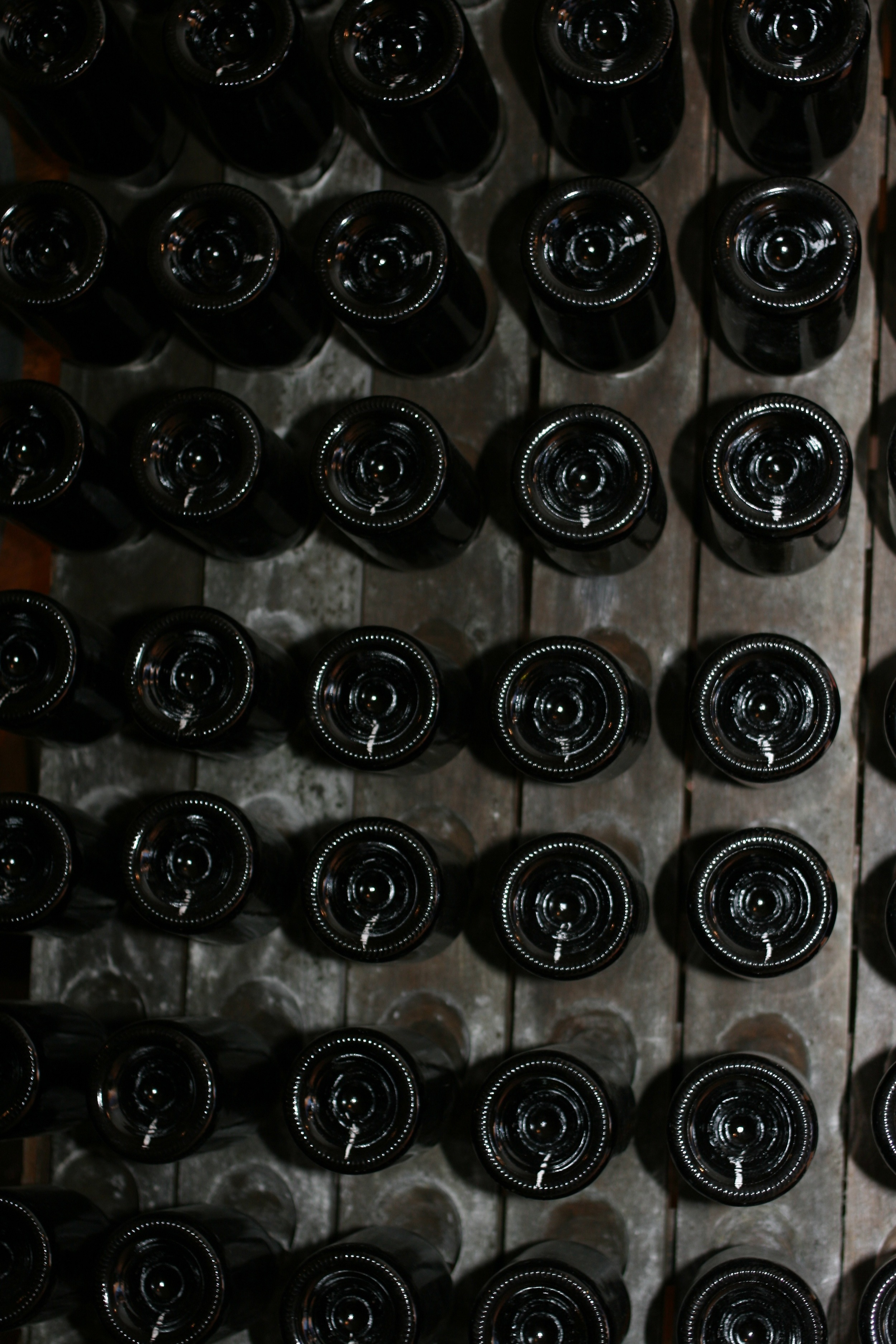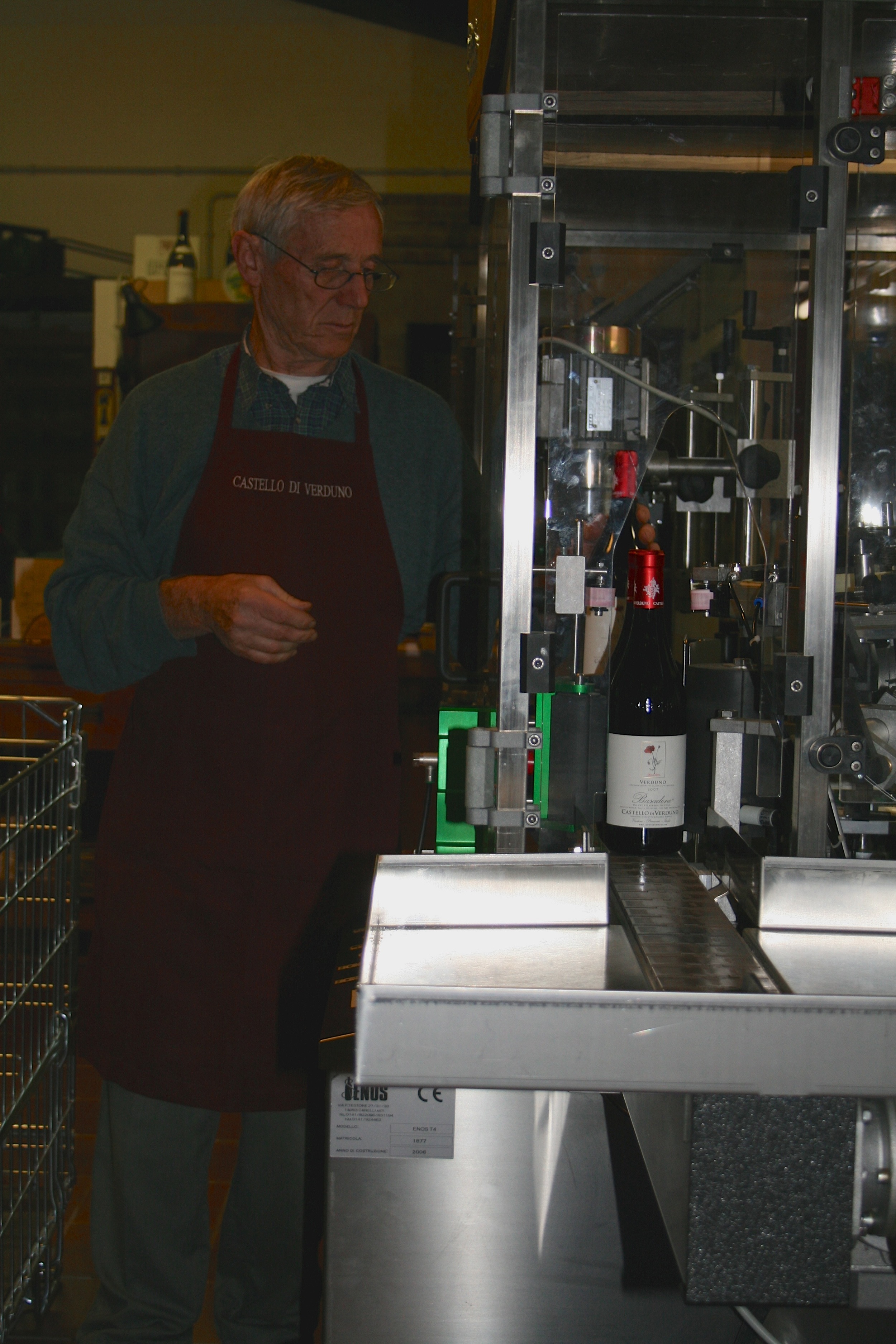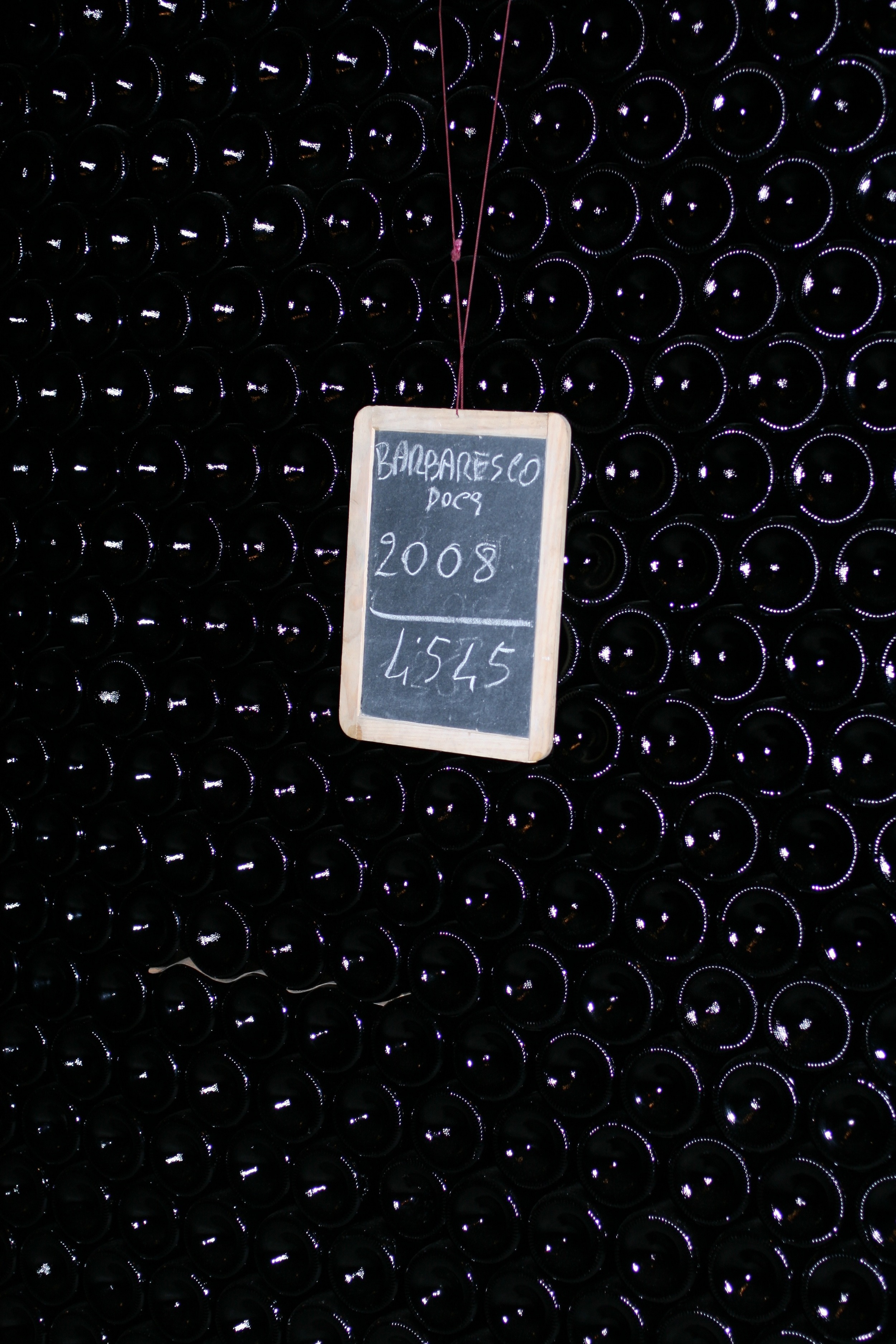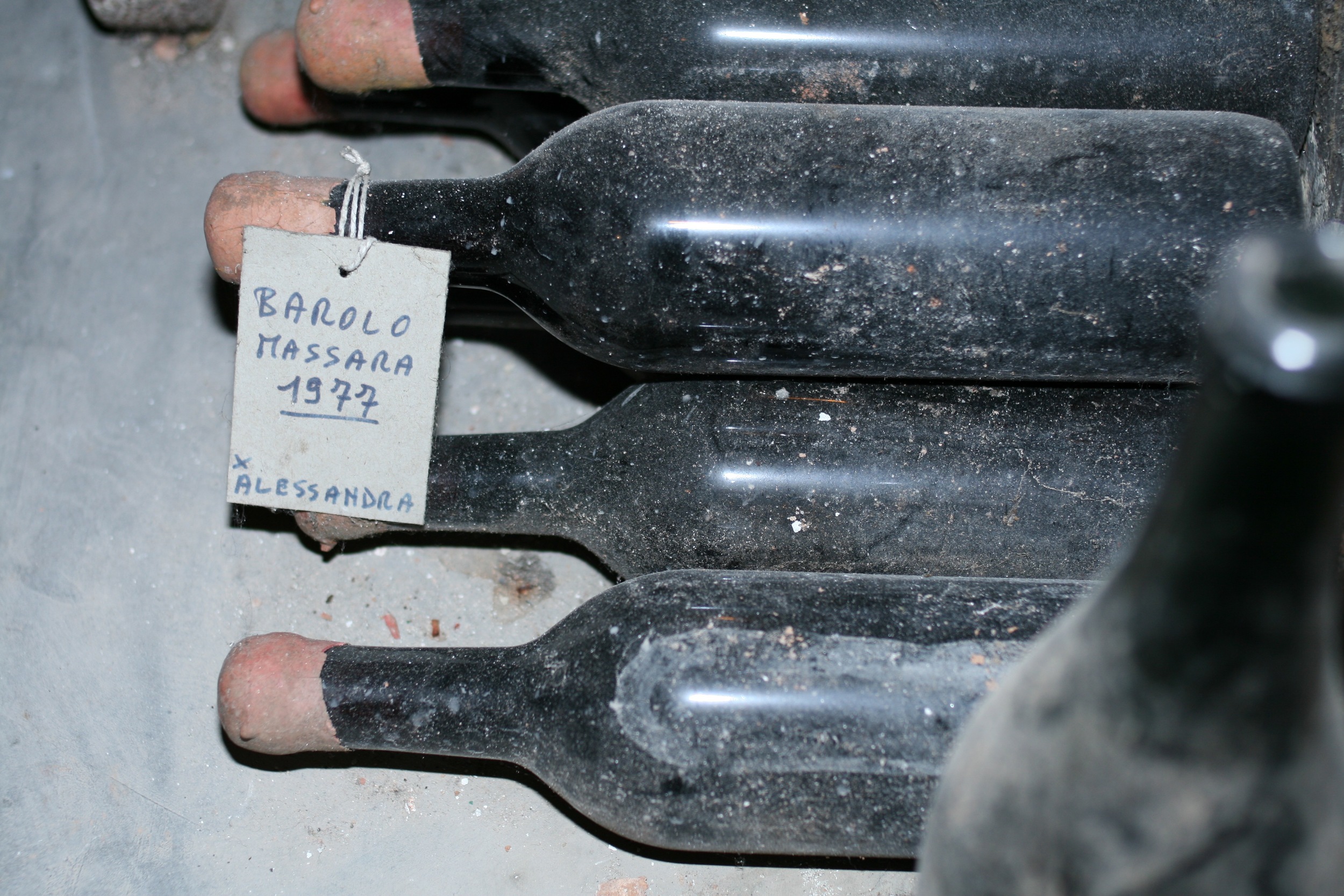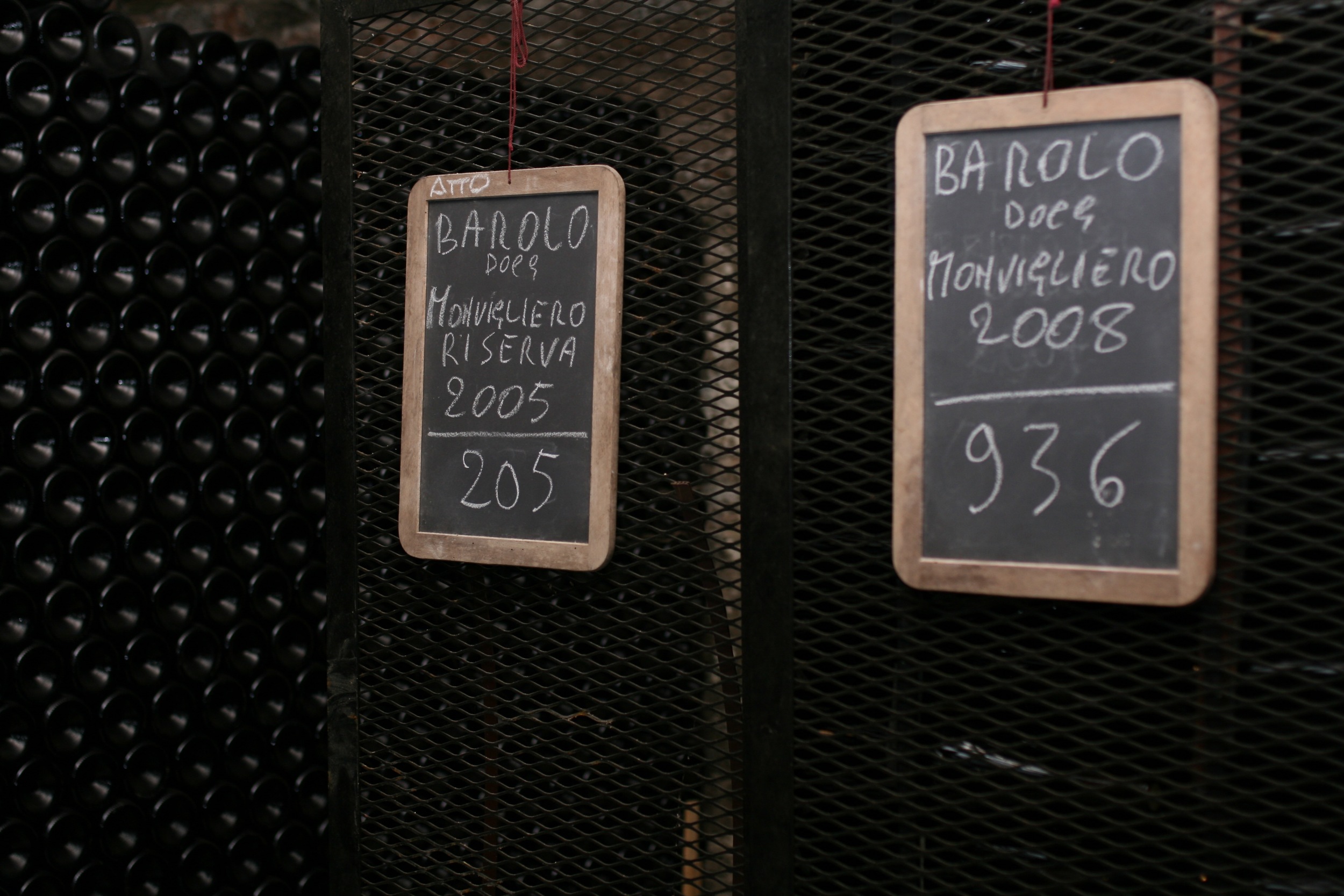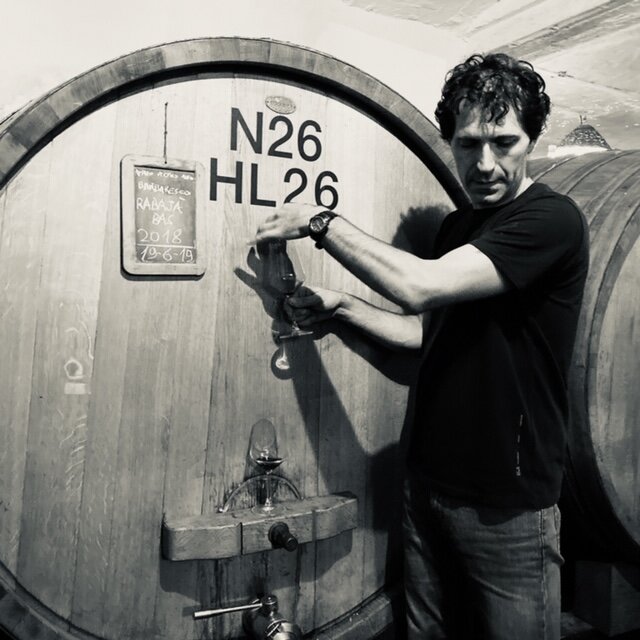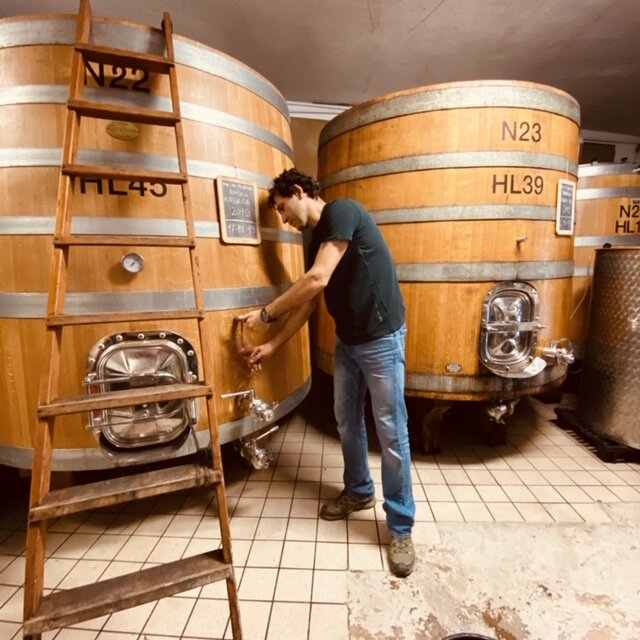Castello di Verduno
_____________________________________________
Certified organic viticulture
Several legendary crus in Barolo and Barbaresco
Historic estate, founded before the unification of Italy
_____________________________________________
About Castello di Verduno:
The Castello di Verduno, owned by Gabriella Burlotto and Franco Bianco, is a beautiful old building at the top of the village of Verduno, on the edge of the Barolo zone. The Castello di Verduno wine label unites two cellars, one under the castle in the Barolo zone and the other near the famous 'cru' Rabajà, in the Barbaresco area. Wines are produced in Barbaresco and bottled and stored in Verduno. All wines are vinified traditionally by Mario Andrion, the talented young enologist who took over the cellar in 2000.
You might say that there are two schools of Barolo and Barbaresco, 'traditional' and 'modern.' 'Traditional' wines are made with long maceration and aged in larger barrels (made of Eastern European oak) for two years or more; the advantage of this winemaking method is that the combination of long maceration and long aging in large barrels gives an extraordinary complexity and a savory character that can't be created any other way. The disadvantage, especially in the past, is that some producers would use these large barrels for many years and wouldn't look after them very well, which can give the wine off aromas and flavors.
'Modern' wines are typically made using shorter macerations and small French oak barrels, at least partly (and sometimes entirely) new; the advantage of this method is that it creates wines with a glossy, easy-to-like personality that appeals to wine drinkers who are used to similarly-styled wines from Bordeaux and the New World; the disadvantage is that it creates wines that aren't very distinctive, individual or representative of their 'terroir.'
The ideal Barbaresco, then, would be cleanly, traditionally made, and aged in well-maintained larger barrels. Castello di Verduno makes just such wines: great vineyards, talented winemaking, large well-maintained barrels, long macerations, and more than the minimum time in wood. I am delighted to represent these wines.
_____________________________________________
The Barolos:
Barolo ‘Monvilgiero’ Riserva, DOCG
Verduno is one of the least well-known villages in the Barolo zone, but it contains one of the very best vineyards in the whole appellation, Monvigliero. The soil here is called Marne di Sant'Agata, composed of clay and sand with a high proportion of limestone, and the vineyard forms an amphitheater facing south. These qualities give the wine grown here a combination of power and finesse that is the equal of any Barolo, and the fully traditional winemaking technique espoused by Mario and Franco allows the innate quality of this vineyard to fully express itself in wines that are, as Mario says, 'elegant, perfumed and exceptionally long-lived'.
Great wines are by definition hard to describe, but this combination of power and freshness, concentration and elegance, is extraordinary. The wine is a beautiful ruby color, the aromas include leather, red currants, wild strawberries, cinnamon, and sandalwood. On the palate these notes persist, and fresh acidity giving unusual length. The tannins are harmonious, which makes the wine dangerously drinkable even now, but I can't wait to taste this in 10 or 15 years.
Barolo ‘Massara’, DOCG
The Massara cru is slightly south of Monvigliero, but it shares the same Marne di Sant'Agata soil that is prominent in Verduno. Mario Andrion says the following of Masarra, “Brilliant ruby red color, broad and savory aroma of fruits and spices: pepper, preserved fruits, cherries, time, geranium, violet. On the palate, the wine shows freshness and fine tannins, and a long finish.”
Barolo DOCG
The Barbarescos:
Barbaresco ‘Rabajà’, DOCG
In Barbaresco, Castello di Verduno owns vineyards in the crus Faset, Rabajà-Bas, and Rabajà (the last being one of the best vineyards in Barbaresco). Rabajà is one of the three or four most famous vineyards in Italy, and a mouthful of this beautifully made example will show you why.
Beautiful medium red color, with aromas of red fruits, oriental spice, tobacco, sandalwood, rose, et cetera et cetera. Substantial mouth-filling texture, but not bitter or harsh in the least. Big but very elegant. It Will age and improve for many years. One of the best wines of the appellation; the '04 placed first in a tasting of the best Barbarescos of the vintage in The World of Fine Wine.
Barbaresco ‘Rabajà-Bas’, DOCG
Rabajà-Bas was formerly a portion of the Rabajà cru, one of the three or four most famous vineyards in Italy. In the 1990’s the cru was divided in two, taking a road that separated the two sites into account.
Aromas of wild herbs, rose, and red fruit with a mouth-filling texture. Big, but elegant. Will age gracefully, and will pair wonderfully with risottos, and braised meat dishes.
Barbaresco DOCG
The village Barbaresco from Verduno is a model of its type, showing absolutely typical aromas and flavors of red currant, fraise de bois, sandalwood, and rose. Elegant, delicious when young but will age for many years in a good vintage.
The grapes come from the Faset and Rabajà vineyards. Barbaresco is only required to be aged in wood for 12 months, yet Castello di Verduno ages theirs for 18. I believe this extra time in large barrels makes a difference.
everyday Wines:
Langhe DOC Nebbiolo
The estate also produces a small amount of delicious Langhe Nebbiolo, and an excellent example of a variety indigenous to Verduno, Pelaverga. All of the grapes come from the Barbaresco vineyards Faset and Rabajà.
If you want a preview of Barbaresco without spending $70 or more, or if you just love good, red, lip-smacking wine, try this Nebbiolo. Lamb chops? Roast chicken? I'm making myself hungry.
Pelaverga ‘Basadone’, Verduno DOC
Pelaverga is indigenous to the village of Verduno, it produces red wines that are light in color but savory and distinctive on the palate. Reminds me a lot of Grignolino, another geeky Piedmontese variety. This one is aged in stainless steel before bottling without filtration.
The winery's website cannot be improved on for a description: 'Soft, though bright ruby red. Intense fragrant nose, showing clear spicy overtones of black pepper and nutmeg, as well as fruity sensations reminiscent of cherries in spirit and strawberries. Nicely-balanced, lingering dry flavour.' Great with salumi. I would drink this at cellar temperature.
Pelaverga Bianco ‘Bellis Perennis’
Brut Rosato ‘Sciopet’
_____________________________________________
more information:
Visit the Castello di Verduno website
More about Piemonte
